Understanding Sullivan vs. New York Times: A Cornerstone for Press Freedom in America

Foreign correspondents reporting from the United States often navigate a complex legal landscape when it comes to freedom of speech and protections offered to journalists. One of the most critical rulings that define press freedom in the U.S. is the Supreme Court’s landmark 1964 decision known as New York Times Co. v. Sullivan. As this case continues to face scrutiny and debate, it is essential for international journalists to understand its foundations, implications, and the recent developments affecting its interpretation.
The Historical Context
The Sullivan case emerged during the tense era of the American civil rights movement, specifically around a time when Southern officials aimed to use libel laws to suppress critical press coverage. The lawsuit began when L.B. Sullivan, a public official in Alabama, sued the New York Times for publishing an advertisement that criticized his handling of civil rights demonstrations, claiming it defamed him, although he was never directly named.
The original Alabama court awarded Sullivan damages, but when the case reached the Supreme Court, a different verdict was rendered—one that reshaped American media law. The Court unanimously decided that to protect free speech and robust debate, especially about public officials and matters of public concern, stricter standards for libel must be applied.
Core Principles of the Sullivan Decision
The Supreme Court introduced the critical concept of "actual malice." This means that for a public official to win a libel lawsuit, they must demonstrate that the journalist or publication either knew the information was false or published it with reckless disregard for the truth. This was a radical departure from previous libel laws, which had put the burden of proof primarily on journalists.
The ruling aimed to foster open public discourse without fear of constant lawsuits from powerful officials seeking to intimidate or silence their critics. This approach recognized that occasional errors are inevitable in journalistic work, particularly under the pressures of reporting on government actions or controversial topics.
Impact on Journalism and Public Discourse
Since the 1964 decision, New York Times v. Sullivan has provided American journalists—and, by extension, foreign correspondents reporting from the U.S.—with significant protection. It allows them to report aggressively and critically on public figures without the looming threat of financial ruin from lawsuits that could easily silence investigative journalism.
This protection has fostered a robust tradition of investigative journalism and critical reporting on issues such as government corruption, public policy failures, and abuses of power. Without these protections, journalists may be far less likely to engage in deep investigative reporting, effectively weakening democratic accountability.
Current Challenges and Recent Developments
Despite its significance, Sullivan has faced challenges, especially in recent years. Some public figures, including former President Donald Trump, have argued that the standard set by the Sullivan case is too high and unfairly protects journalists even when they publish defamatory content. This has led to calls for the Supreme Court to revisit and possibly revise or overturn the Sullivan precedent.
Most recently, in March 2025, the Supreme Court notably declined to reconsider the Sullivan standard, reinforcing its commitment to protecting the principle of free speech. For foreign correspondents, this decision offers reassurance but also a reminder of the ongoing tension between press freedoms and powerful interests that prefer less scrutiny.
What Foreign Correspondents Need to Know
Foreign journalists in the United States must clearly understand that Sullivan's protections explicitly relate to reporting on public figures and officials. Thus, the "actual malice" standard does not apply universally—ordinary individuals can sue journalists under less stringent conditions. Therefore, correspondents should maintain rigorous fact-checking procedures and verify the credibility of sources, especially when reporting on sensitive and controversial matters.
Additionally, correspondents should be aware of how individual states apply libel laws. Although Sullivan is federal case law, different states can have nuanced interpretations and procedures for handling defamation cases. Being informed about these local variations is crucial to mitigate potential legal risks.
International Implications
The Sullivan ruling is influential far beyond American borders. Its principles have often served as reference points or standards in international debates on press freedom. Correspondents reporting for foreign media outlets based in the U.S. might find themselves referencing Sullivan in the context of global conversations about press rights, particularly in countries grappling with the balance between journalistic freedom and libel protections.
In nations where press freedoms are increasingly restricted, Sullivan serves as a benchmark of how democratic societies can safeguard investigative journalism against intimidation through litigation.
For foreign correspondents working in the United States, New York Times v. Sullivan remains a fundamental legal protection. It significantly reduces the likelihood of successful libel lawsuits against journalists who critically cover powerful public figures, encouraging transparency and accountability in public life. Nevertheless, it also demands high journalistic standards, thorough verification processes, and an acute awareness of legal nuances.
Understanding this landmark ruling, its enduring significance, and the current debates surrounding its future will empower international journalists to navigate the complex landscape of American press freedom effectively. The Supreme Court's recent decision to uphold Sullivan underscores the enduring importance of protecting journalism as a cornerstone of democracy.
